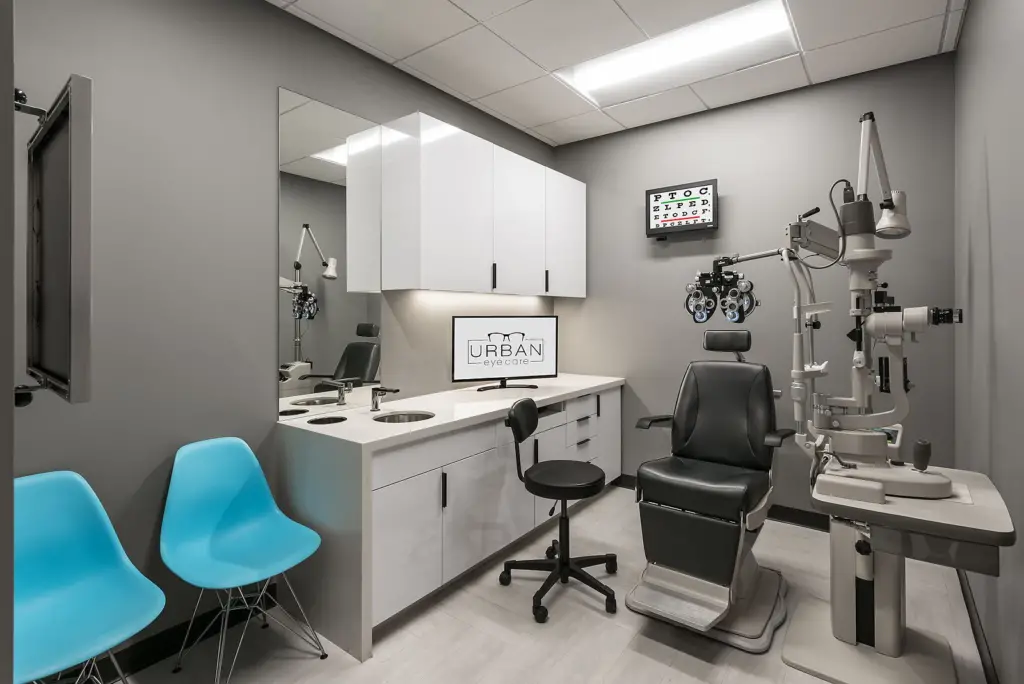24 Eye examination Equipment for an Eye clinic.
Building a new eye clinic is an endeavor that demands meticulous planning and careful consideration of the equipment needed to provide top-notch eye care services. Aspiring eye care practitioners and entrepreneurs venturing into the field of ophthalmology must equip their clinic with a range of specialized instruments that facilitate precise diagnostics, accurate prescriptions, and effective treatments.
In this article, we present a comprehensive list of essential eye examination equipment required for a new clinic. Each piece of equipment plays a crucial role in enabling eye care professionals to offer comprehensive examinations, identify ocular conditions, and deliver personalized treatment plans to their patients.
From the latest technological advancements to time-tested instruments, we delve into the functionalities and benefits of each item on the list. Whether you are starting an optometry practice or an ophthalmology center, this detailed guide will serve as your roadmap to building a state-of-the-art eye clinic that prioritizes patient care and advances the frontiers of ocular health.

- Auto Refractor/Keratometer: Measures the refractive error of the eye and provides data for eyeglass prescription. This state-of-the-art equipment combines auto-refraction and keratometry, accurately measuring the patient’s refractive error and corneal curvature. The precise measurements aid in determining eyeglass prescriptions and assessing irregularities in corneal shape, critical for detecting conditions like astigmatism.
- Slit Lamp Biomicroscope: Allows detailed examination of the anterior segment of the eye, including the cornea, iris, and lens. The slit lamp biomicroscope is an indispensable tool for ophthalmologists, enabling detailed examination of the anterior segment of the eye. It allows for comprehensive assessment of the cornea, iris, and lens, facilitating early detection and management of various eye conditions.
- Tonometer: Measures intraocular pressure (IOP) to screen for glaucoma. Essential for glaucoma screening, tonometers measure intraocular pressure (IOP). Early detection and monitoring of IOP changes are crucial for preventing optic nerve damage and vision loss due to glaucoma.
- Ophthalmoscope: Helps examine the retina and optic nerve for signs of eye diseases.With this instrument, eye care professionals can visualize the retina and optic nerve, helping to diagnose and monitor retinal diseases and other ocular conditions.
- Retinoscope: Used to objectively measure the patient’s refractive error assisting in refining the eyeglass prescription.
- Lensometer: Measures the power of eyeglasses to verify their accuracy. Opticians rely on lensometers to verify the power of eyeglasses, ensuring accuracy in dispensing lenses for optimal visual correction.
- Visual Field Analyzer: Evaluates the peripheral vision to detect defects related to conditions like glaucoma. This equipment evaluates the patient’s peripheral vision, playing a critical role in detecting and monitoring visual field defects, especially in glaucoma management.
- A-scan and B-scan Ultrasound: Provides detailed imaging of the eye’s internal structures, particularly useful in ocular pathology assessment. These imaging devices provide valuable insights into ocular pathology by capturing detailed cross-sectional images of the eye’s internal structures. They are particularly useful for assessing conditions like retinal detachment.
- Pachymeter: Measures the thickness of the cornea, essential for LASIK evaluations and glaucoma management. The pachymeter measures corneal thickness, a vital parameter in diagnosing corneal diseases and evaluating candidacy for refractive surgeries like LASIK.
- Corneal Topographer: Maps the curvature of the cornea for precise contact lens fittings and refractive surgery planning.
- Optical Coherence Tomography (OCT): Captures cross-sectional images of the retina for diagnosing and monitoring various eye diseases.
- Visual Acuity Charts: Essential for testing visual acuity and measuring the patient’s ability to read letters or symbols at various distances. ( see price of Visual acuity chart in amazon)
- Phoropter: Determines the patient’s eyeglass prescription through a series of lens choices.
- Trial Frame and Trial Lens Set: Used during subjective refraction to fine-tune eyeglass prescription.
- Color Vision Testing Kit: Assesses color perception and identifies color vision deficiencies.
- Non-Contact and Contact Tonometry: Measures intraocular pressure using non-contact or contact methods.
- Retinal Camera/Fundus Camera: Captures images of the retina to document and monitor ocular conditions.
- Keratometer: Measures the curvature of the cornea to assist with contact lens fitting and cataract surgery planning.
- Ophthalmic Surgical Microscope: Essential for eye surgery procedures such as cataract surgery.
- Ocular Biometer/Biometry Device: Measures eye length for intraocular lens (IOL) calculations in cataract surgery.
- Optical Lenses: Various types of lenses for different tests and treatments.
- Patient Chair and Examination Unit: Comfortable and adjustable chairs for patients during examinations.
- Computerized Patient Records Software: Efficiently manages patient data and examination results.
- Personal Protective Equipment (PPE): Masks, gloves, and other safety gear for healthcare providers and patients.


Discover more from An Eye Care Blog
Subscribe to get the latest posts sent to your email.


You must be logged in to post a comment.